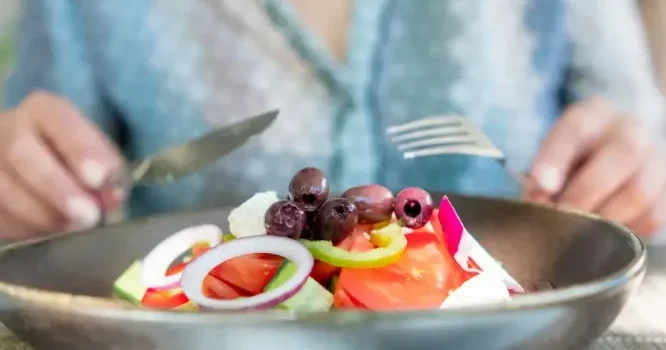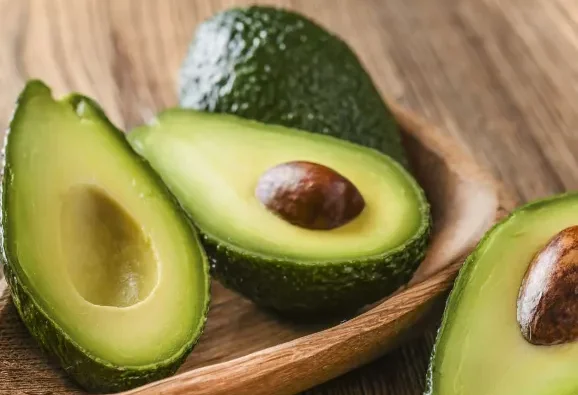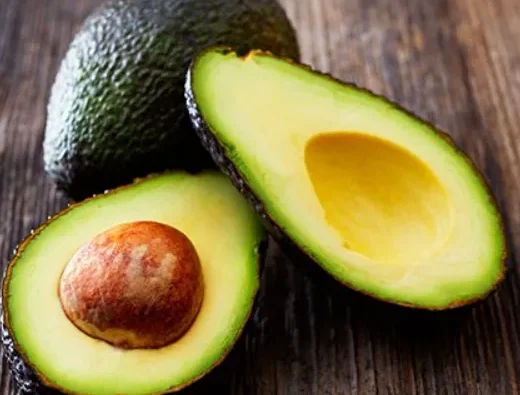
If you’ve ever found yourself wondering, “What should I eat to lose weight?” you’re not alone. It’s one of the most common questions I get asked, and I’m passionate about helping people answer it. Nutrition plays a crucial role in weight loss, contributing about 80% to your overall results. Even with a solid workout routine, without a healthy diet, achieving the desired outcome is challenging. This blog will break down simple guidelines on what to eat, why it’s not always easy, and some meal suggestions to help you along the way.
Basic Guidelines for Healthy Eating
Let’s be real – deep down, you already know what foods are best for a healthy body. The challenge is sticking to it. Here’s a simple guide to help you make the right choices:
- Choose Whole Foods: Natural, whole foods are best for your body. These are easily digested and provide the essential nutrients your body needs. Stick to foods that come from the earth and avoid packaged options whenever possible.
- Eat Lean and Clean: Focus on lean meats, organic vegetables and fruits, and whole grains.
- Avoid Sugar: Whether it’s refined sugar, honey, or artificial sweeteners, sugar contributes to fat storage and can harm your body. The less you consume, the fewer cravings you’ll have.
- Limit Dairy: Dairy products can be tough on digestion for many and can be calorie-dense.
- Shop the Perimeter of the Store: Typically, the fresh produce, meats, and fish are found around the edges of the store. Stick to these areas to find the healthiest options.
- Practice Portion Control: Eat until you’re satisfied, not full. Portion sizes will vary, but smaller meals every few hours are ideal.
- Focus on Fiber and Low Sodium: Aim for foods that are high in fiber (4+ grams) and low in sodium (under 200mg).
Here’s an important tip: After weightlifting, fuel your muscles with fast-digesting protein and carbs. For example, try a protein shake with fruit or a meal like chicken with sweet potatoes. This helps repair muscle tissue and prevent muscle loss, accelerating progress.
Why It’s More Complicated Than It Seems
While the guidelines above are straightforward, weight loss can still feel difficult. Why? Because emotional factors, habits, and lifestyle choices often complicate things. I’ve written detailed meal plans for clients with specific calorie and nutrient counts, but many find it hard to stick with them. Busy schedules, travel, and cravings can derail even the best-laid plans.
Breaking bad habits, such as sugar addiction or emotional eating, takes time. It’s essential to remember that lasting weight loss isn’t just about diet—it’s about transforming your mindset and lifestyle. It’s not a quick fix; it’s a journey.
For this reason, I offer long-term nutrition coaching to help people navigate these challenges and make lasting changes.
Tailoring Your Diet to Your Needs
So, what should you eat to lose weight? Honestly, the best approach is to use the guidelines above, but customize them to fit your needs. One diet plan won’t work for everyone, as each person has different goals, preferences, and body types. Some may thrive on a low-carb diet, while others may prefer higher carbs. It’s all about experimenting and finding what works for you.
Give any new approach several weeks (or even months) to see if it’s effective. Weight loss is not a fast process, so patience is key.
My Best Tip for Sustainable Weight Loss
Here’s what’s worked for me and many of my clients: aim for healthy eating with some flexibility. It’s essential to make the process enjoyable. For example, I don’t enjoy plain protein powders, but I make them work by blending them with almond milk, fruit, or peanut butter to make them more palatable. Similarly, I’m not a fan of plain oatmeal, but overnight oats are a healthy alternative I can stick to.
Instead of opting for takeout, try making a healthier version of your favorite dishes. For instance, you can make a pita pizza with low-sugar sauce, a small amount of cheese, and plenty of veggies. The key is finding healthy meals that you genuinely enjoy.
Tracking your food intake in an app like MyFitnessPal can help ensure you’re eating the right amounts without overeating or undereating. If you need help with personalized calorie and macro recommendations, feel free to reach out.
Healthy Meal Ideas for Weight Loss
Eating unprocessed, whole foods is essential for weight loss. Below are some meal ideas to get you started, but feel free to get creative with the ingredients, spices, and preparation methods.
Healthy Breakfast Ideas
- Oatmeal with flaxseed and berries
- Greek yogurt with protein powder and fruit
- Protein pancakes
- Eggs with whole-wheat toast or gluten-free bread
- Omelette with veggies and avocado, served with turkey bacon
- Protein shake blended with fruit
- Overnight oats
Healthy Lunch Ideas
- Grilled chicken with brown rice and green beans
- Salmon with quinoa and asparagus
- Ground turkey with broccoli and black beans
- Sandwich with deli turkey, spinach, and mustard
- Spinach salad with chicken, feta cheese, walnuts, and balsamic vinaigrette
- Tofu with cucumbers, tomatoes, and feta cheese, drizzled with olive oil and lemon juice
Healthy Snack and Pre-Workout Options
- Apple with Greek yogurt dip
- Carrots and celery with hummus
- Rice cakes with peanut butter
- Greek yogurt with protein powder and fruit
- Tuna salad with gluten-free crackers
- Almonds with strawberries
Healthy Dinner Ideas
- Turkey burger with a side salad
- Chicken with sweet potatoes and broccoli
- Spaghetti squash with ground turkey and low-sugar marinara sauce
- Stir-fry vegetables with tofu and chicken, cooked in coconut oil
- Fish with garlic and lemon, served with steamed broccoli
Final Thoughts
Losing weight is about more than just following a set plan; it’s about adopting a lifestyle that works for you. Experiment with different food types, find what makes you feel good, and commit to eating whole, natural foods. With consistency and patience, you’ll be well on your way to achieving your weight loss goals.












